If you’re a Colorado homeowner, you are likely incredibly aware of wildfire danger in the state. In 2020 alone, wildfires in Colorado caused over $600 million in damage. Homes in the mountain foothills regions of Boulder, Larimer, and Jefferson County can be particularly vulnerable to wildfire risk. If your home is located in one of these areas, you are likely already aware of the risk that wildfire poses to your home. The recent fires, such as the Marshall Fire and NCAR Fire in Boulder County started as grass fires on the front range and spread to structures, causing over 1,000 homes to be burned and over $400 million in damages.
Unfortunately, we as Coloradans have become too familiar with the destructive effects of wildfires. Leaving us to wonder what role we can play in alleviating fire danger in our communities.
Wildfires generally can ignite structures in one of two ways:
- Direct Contact with Moving Fire- increased by duration of the contact and intensity of the flame.
- Ignition started by ember landing on a flammable surface, such as the exterior of your home.
With this in mind, there are some common and obvious steps you can take to mitigate the risk of wildfire and ember flying around in your own backyard. In the 30 ft area around your home you can:

- Remove all dead plants, grass and weeds (vegetation).
- Remove dead or dry leaves and pine needles from your yard, roof and rain gutters.
- Remove branches that hang over your roof and keep dead branches 10 feet away from your chimney.
- Trim trees regularly to keep branches a minimum of 10 feet from other trees.
- Relocate wood piles to Zone 2 (outside the 30 ft).
- Remove or prune flammable plants and shrubs near windows.
- Remove vegetation and items that could catch fire from around and under decks, balconies and stairs.
- Create a separation between trees, shrubs and items that could catch fire, such as patio furniture, wood piles, swing sets, etc.
Because embers from the fire may land on the exterior of your home, in addition to the above recommendations, Colorado Homeowners should also consider an assessment of their exterior siding.
Not all siding is made the same.
The most common types of home siding in Colorado are natural cedar wood siding, Vinyl siding, and fiber-cement siding. Levels of flammability and likelihood of ignition on contact are variable across these popular choices.
Natural Cedar Wood Siding
Cedar siding is a natural wood siding made from cedar and is incredibly popular in the United States. Generally this is just natural wood and is a flammable material. Unless cedar wood siding is treated with special chemicals, it is possible for it to ignite fairly easily when in direct contact with fire or embers from burning materials nearby.
Vinyl Siding
As another popular option, Vinyl siding is made from polyvinyl chloride (PVC) resin to create long plastic panels. As plastic, vinyl siding is fairly susceptible to melting when in contact with high temperatures. Vinyl siding itself will likely not contribute to the flame and likely would not catch on fire but can easily melt and expose flammable materials underneath, providing little protection on the exterior of a home.
Fiber-Cement Siding Can Reduce the Chances of Ignition

Fiber cement is made from cement, water, cellulose fiber, and silica– a naturally fire resistant mineral. During most wildfires, fiber cement siding, when combined with other 1-hour related construction, will contribute to a wall that resists flames and heat damage, providing homeowners and firefighters critical time to extinguish flames before extensive damage can be done. Non-combustible siding can offer you frontline resistance against a Colorado wildfire.
Cities May Require Fire-resistant Materials
After a large fire in the 80s, the City of Boulder updated its building codes to prohibit any roofs covered with wood materials, including wood materials treated with fire retardant chemicals. These codes required all wood roofs be removed from Boulder by 2014. More recently, in an effort to protect homes and structures, Jefferson county updated their building codes, effective in 2020, requiring ignition resistant building materials for any new construction or remodeling. After the Marshall fire, cities in Boulder County are considering updates to their building codes similar to the City of Boulder’s. In fact, a 2013 task force for the State of Colorado recommended a state-wide building code requiring fire-resistant building materials.
With an investment in noncombustible siding Colorado homeowners may even be eligible for a discount on their insurance premiums. Because fiber-cement siding is durable against many elements as well as being non-combustible, it generally does not get replaced as often or as quickly as other siding options. As a result, after the installation of fire-resistant, durable fiber-cement siding, homeowners may see significant return on their investment.
Increased prevalence of wildfire danger in Colorado combined with potential building requirements on the horizon means noncombustible fiber-cement siding is a great option for Colorado homeowners. But which brand stands out?
You can protect your home with James Hardie siding.
Hardie fiber-cement siding is WestPro’s recommendation for fire-resistant, non combustible siding. WestPro is a certified Elite Preferred Installer because we truly believe Hardie siding is the best option for homes in Colorado. We aren't the only ones. Because of its noncombustible properties, Hardie siding has been recognized by fire departments nationwide.
James Hardie Siding is Built for Colorado
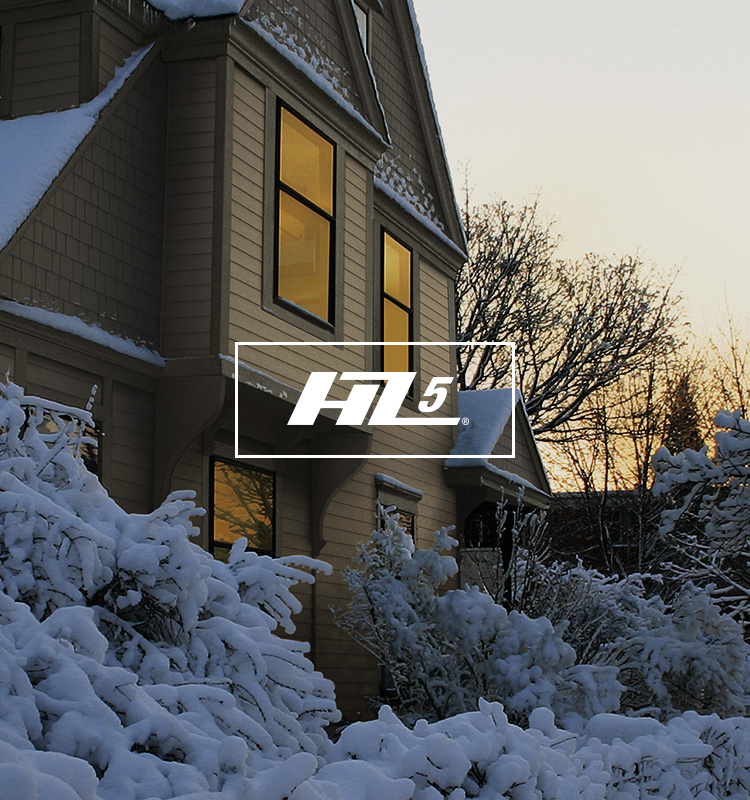
In addition to being non combustible, James Hardie siding is engineered to stand up against moisture, wind, and pests. James Hardie specifically manufactures its products for different climates in what they call the HardieZone system. As part of this system, James Hardie provides siding options with specific attributes to stand up to particular climates. Colorado falls under the HZ5 zone, designed for freezing temperatures, extreme seasonal temperature variations, and snow and ice.
Not only siding, but trim, soffit, and fascia are all designed with specific climates in mind, ensuring all components of the siding system are designed to offer a full envelope of durability, including fire resistance.
Prior to being installed, Hardie siding receives multiple layers of baked on color through ColorPlus technology. Hardie siding is engineered with added resistance to chipping, fading, or cracking. It can withstand the Colorado elements, stand the test of time.

Hardie Siding is built to last and built to look good
Your home will have enhanced durability against the Colorado climate while adding style and value. Your Hardie siding will provide a designer look with timeless durability. You can choose from various styles and a wide range of colors. Hardie siding can provide the true look of wood siding while providing peace of mind knowing it is durable and non-combustible.
Schedule your free inspection with us today!
Tags
Subscribe to WestPro's Blog


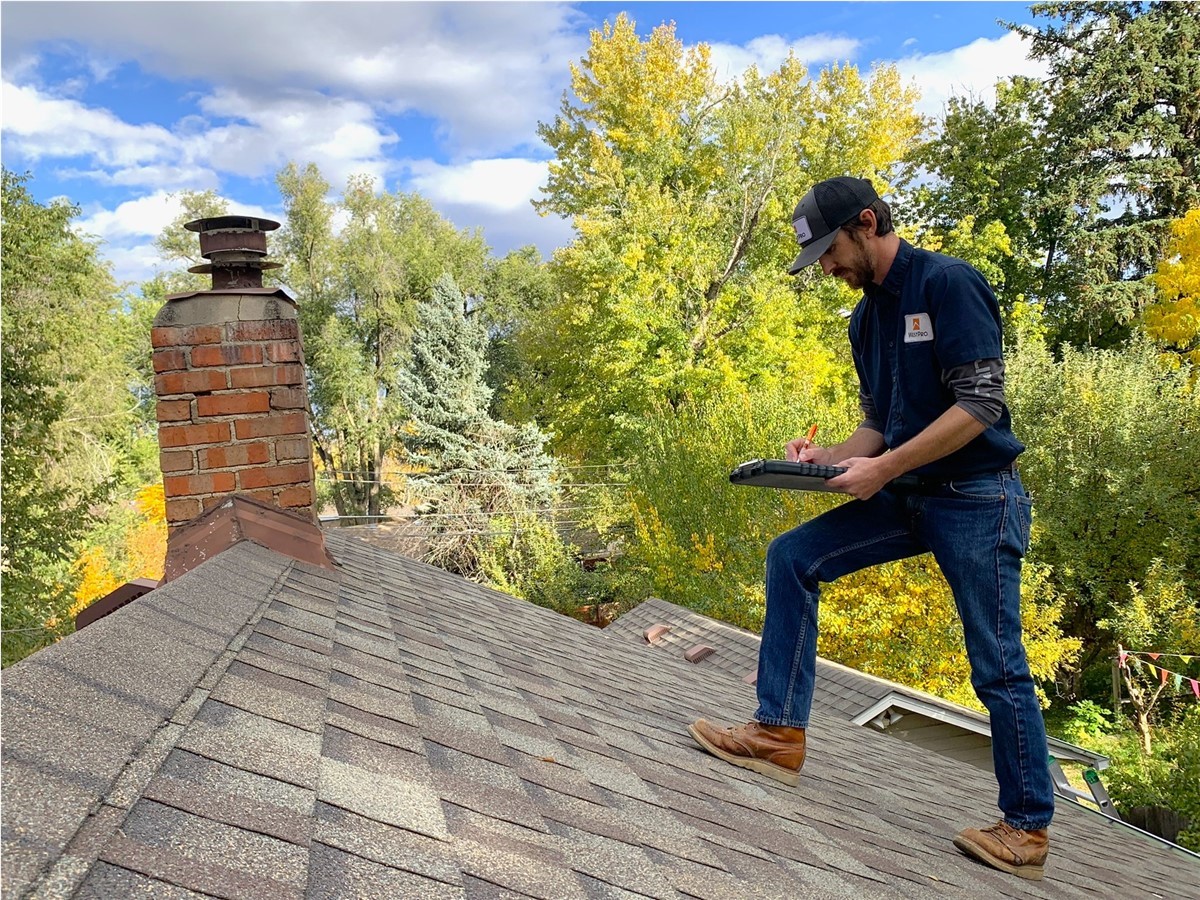

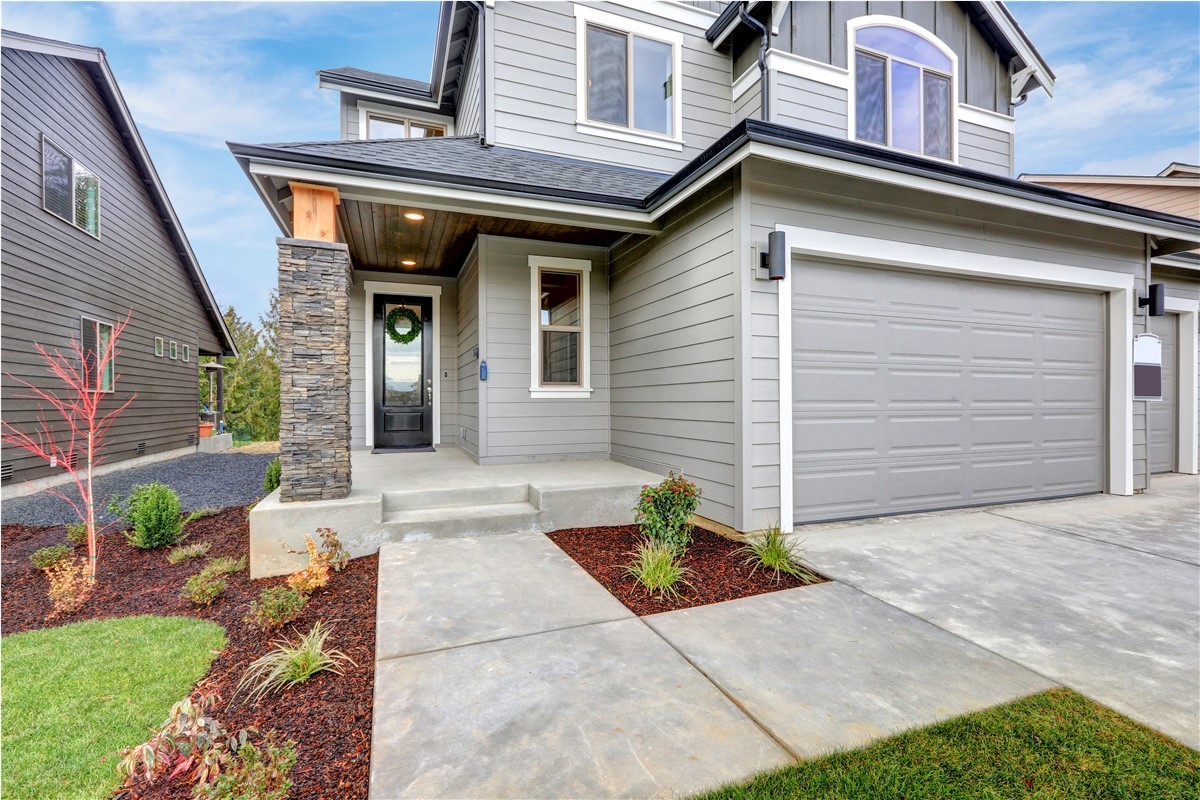
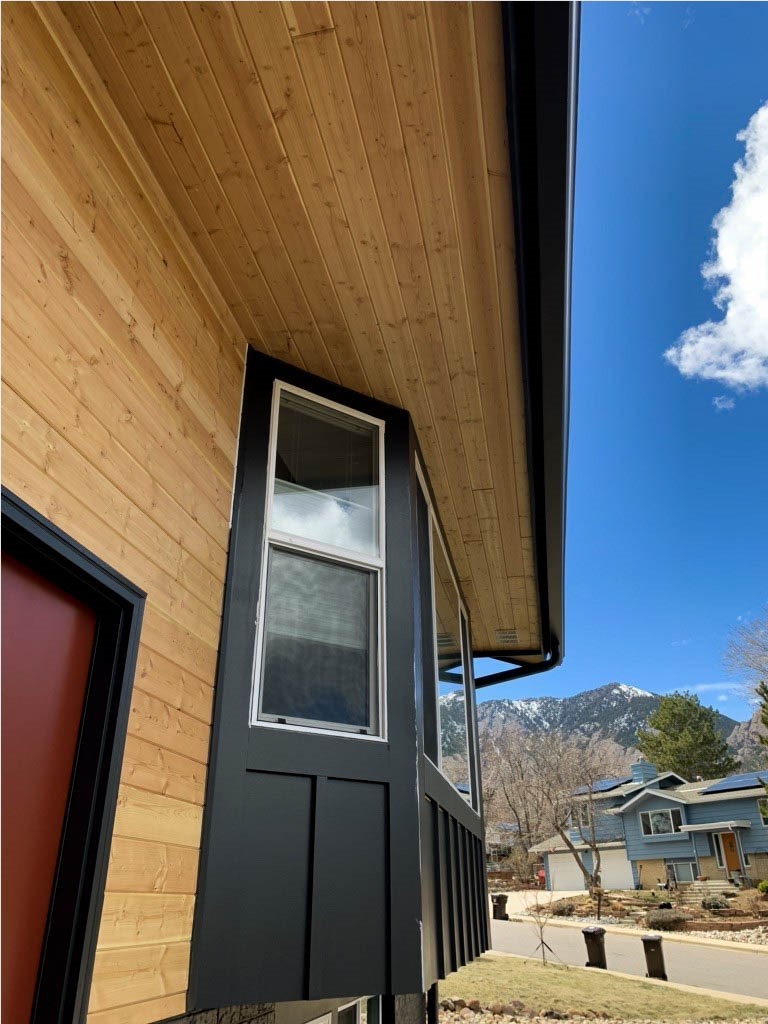
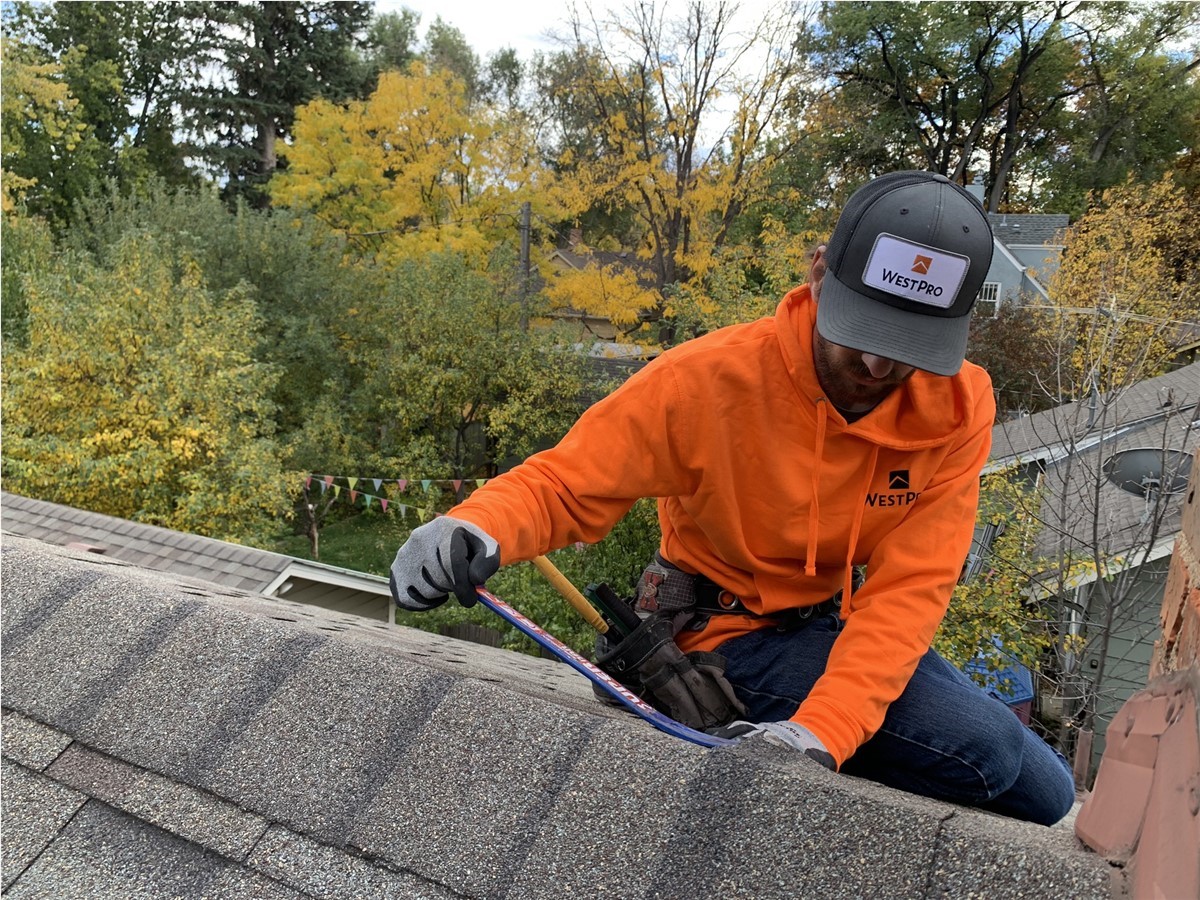


Comments